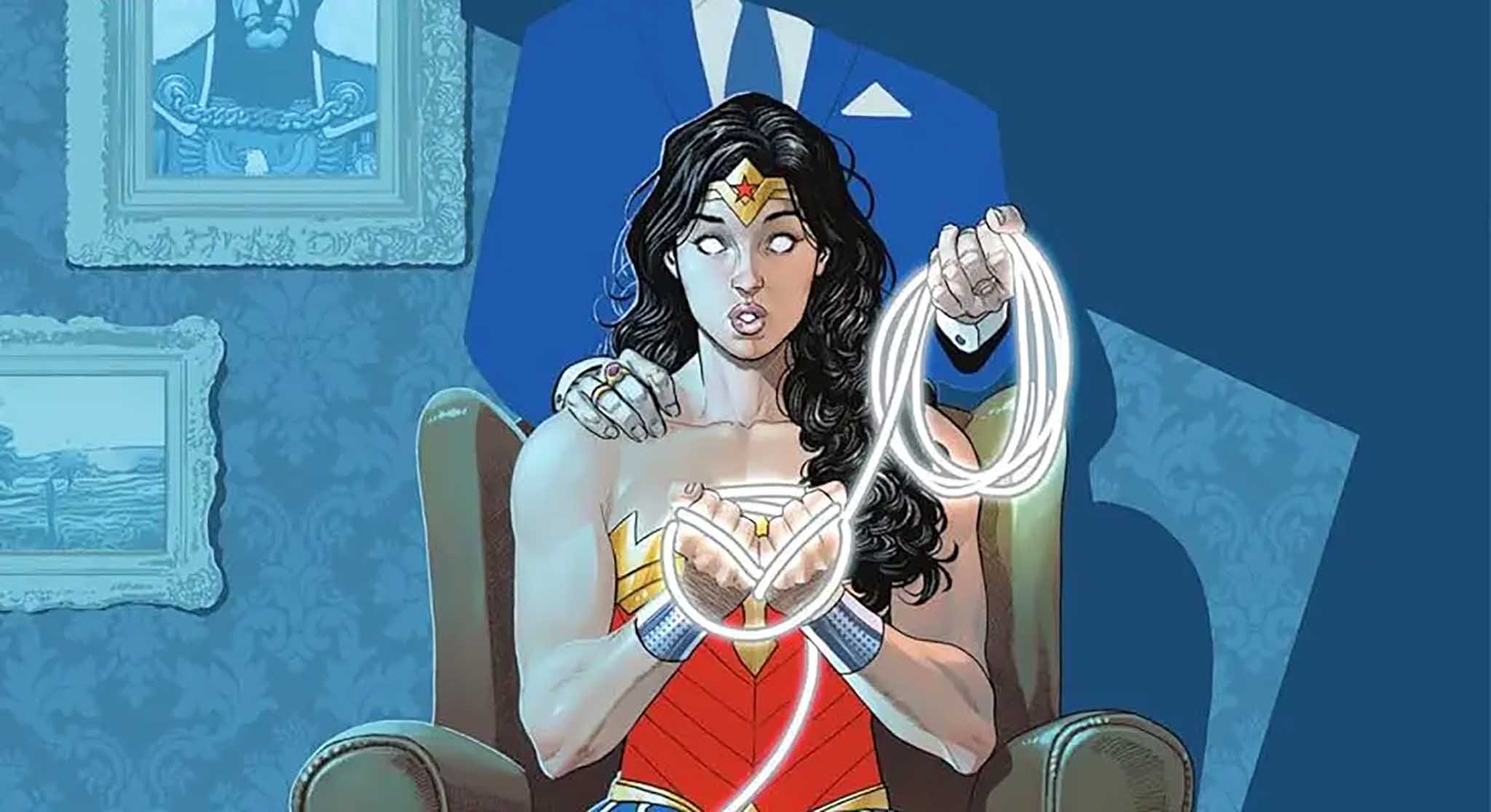James Gunn Teases Whether We’ll See Batman in Trunks

During a conversation with ComicBook during the promotion for the upcoming release of the new Superman film, director and DC Studios co-head James Gunn stated that the fate of Superman’s trunks (or briefs) hasn’t been determined yet, but among all DC characters who wear similar attire in comic books, it’s most probable that Superman will retain his distinctive costume.




